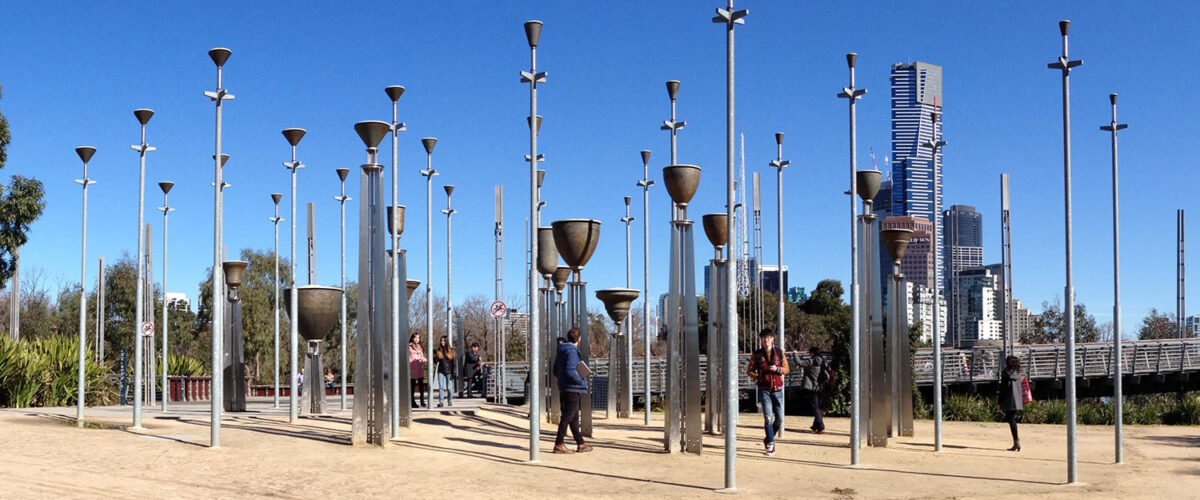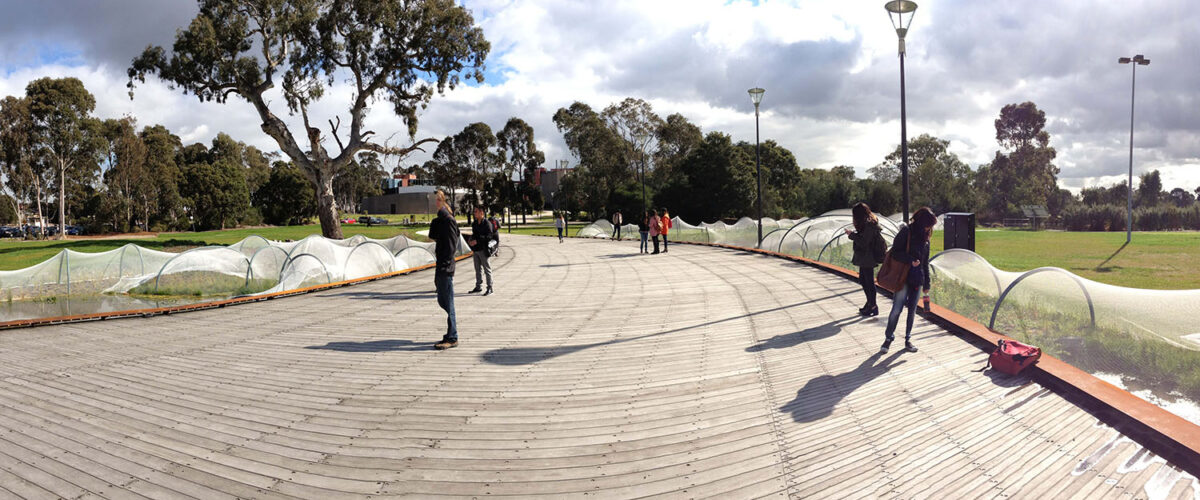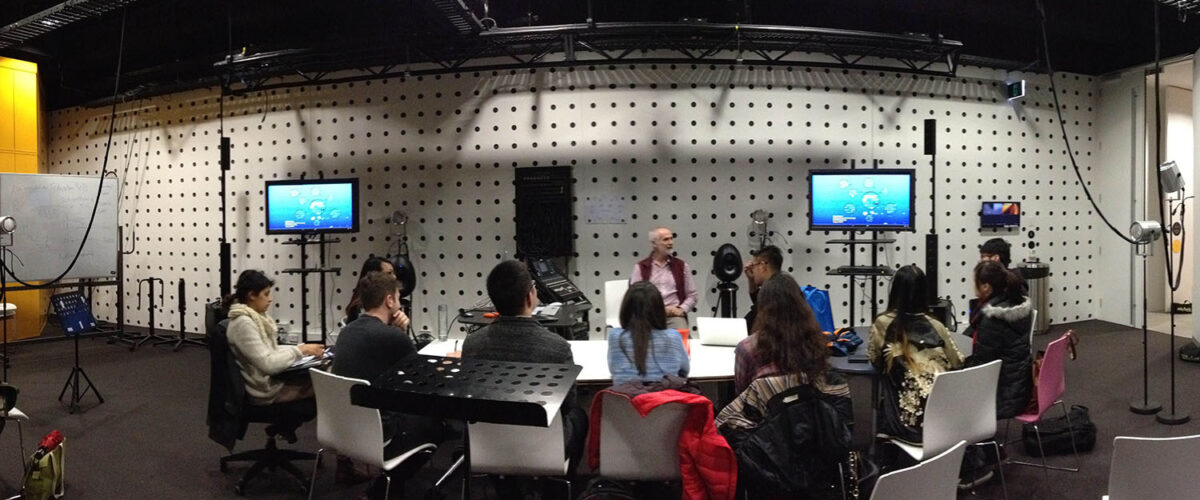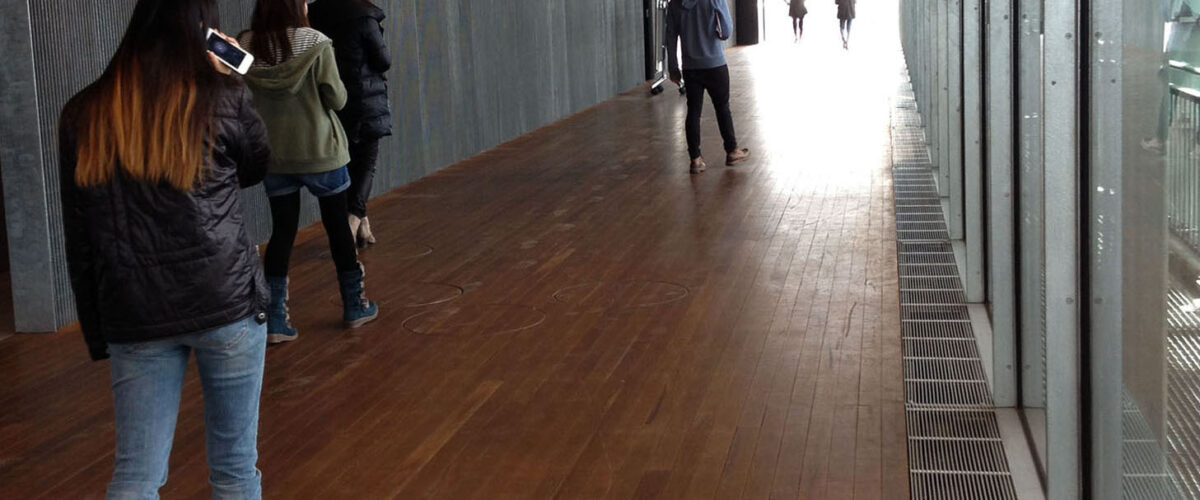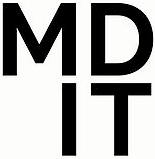What is the maximal repertoire or palette of sounding events that could articulate a designed soundscape?
Although urban acoustic environments are generally considered to be teeming with sounds, few of those sounds are designed. Furthermore, the macro-organisation and affordances from those sounds are haphazard. This studio investigated methods by which techniques and technologies from electroacoustic music and soundscape studies could be repurposed as an urban soundscape research platform. The platform was applied to the creation of sounding models, propositions for the total soundscape emerging out of the interaction of human presence, environmental conditions, geometries, material finishes, and physical or electroacoustic interventions in an urban quarter deemed to be less than a city block.
The primary devices of exploration were sound-based (binaural and multi-channel recording, sonic walk throughs, auralisations, spatial soundscape compositions, synthesis, sonic palettes and interactive sonograms) while visual representation played a secondary or supporting role (video, images, plans and diagrams).
This highly propositional study focused on the design of individual sounds and their organisation using the site and associated activities as a framing device. To that end, the primary focus was on mastering the sound based tools and techniques to communicate design ideas. The visual and practical implementations were to support communication of the auditory concepts.
